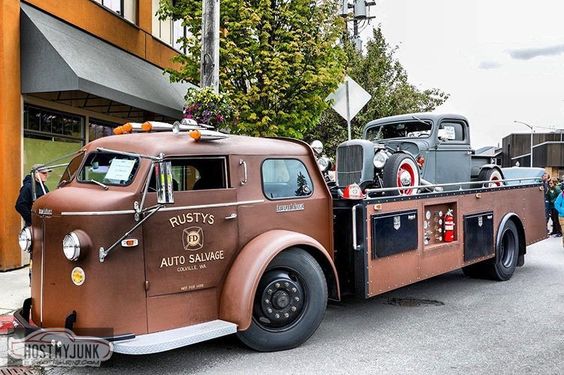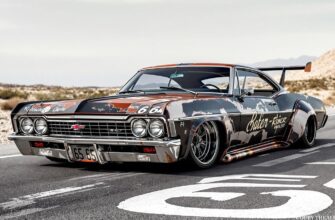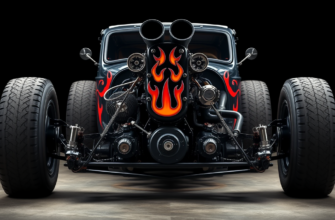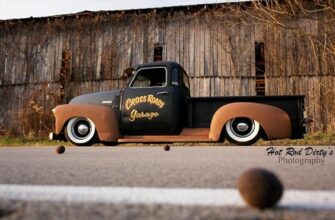Ah, Rat Rod culture, an intriguing and rebellious subculture within the automotive world. Rat Rods are a unique breed of vehicles that embody the spirit of customization and individuality. These creations are a fusion of vintage aesthetics, ruggedness, and a touch of artistic expression.
Rat Rods are characterized by their raw and unfinished appearance, deliberately showcasing rust, dents, and imperfections. Unlike traditional hot rods, Rat Rods embrace a rough and unpolished exterior, often incorporating salvaged parts from various sources. This gives them a distinct visual appeal and sets them apart from the sleek and shiny show cars we’re accustomed to.
The Rat Rod movement originated in the United States, and its roots can be traced back to the post-World War II era. It emerged as a response to the increasing emphasis on conformity and mass production. Rat Rod builders sought to challenge the norms and create vehicles that reflected their own personality and nonconformist attitude.
The inspiration for Rat Rods often comes from the hot rod culture of the 1950s and 1960s, where enthusiasts would modify old cars to make them faster and more stylish. However, Rat Rods take it a step further by embracing the worn-out and weathered look, giving them an aura of nostalgia and authenticity.
One of the defining features of Rat Rod culture is the do-it-yourself (DIY) ethos. Rat Rod builders often work on their vehicles in their garages, using their ingenuity and resourcefulness to create unique rides. This hands-on approach fosters a strong sense of pride and accomplishment among Rat Rod enthusiasts.
The Rat Rod community is a tight-knit group of individuals who share a passion for these unconventional machines. They often gather at car shows, swap meets, and local events to showcase their creations and connect with like-minded enthusiasts. It’s a community that values creativity, craftsmanship, and the freedom to express oneself through these rolling pieces of art.
So, in a nutshell, Rat Rod culture celebrates the beauty in imperfection, the artistry in repurposing, and the rebellion against conformity. It’s a captivating subculture that brings together automotive enthusiasts who dare to defy the norms and create their own unique automotive masterpieces.
(64)








